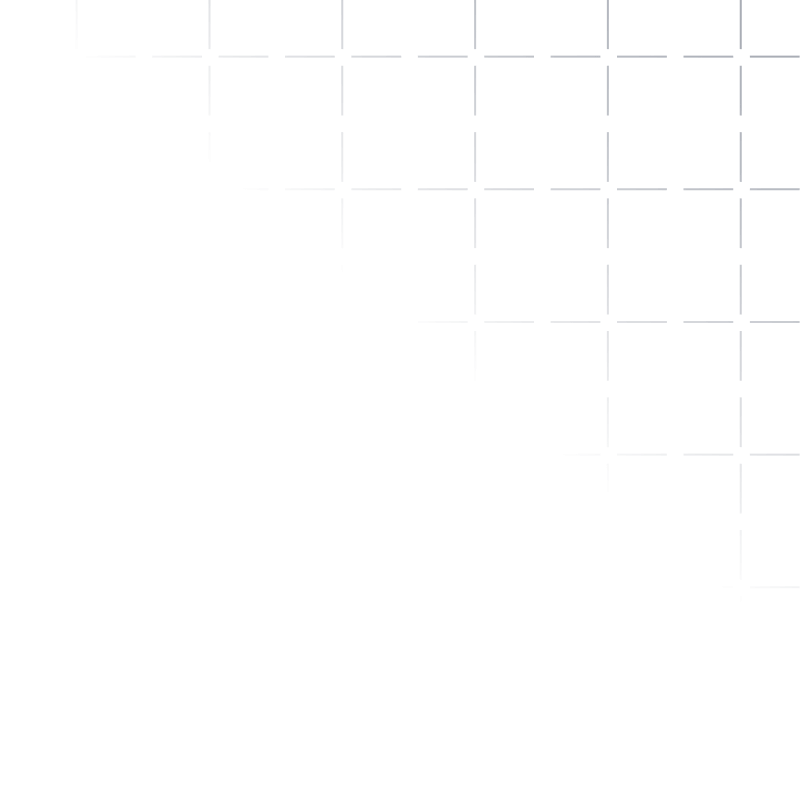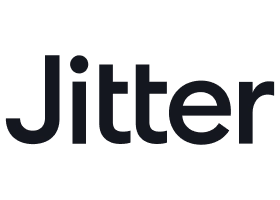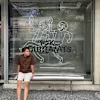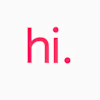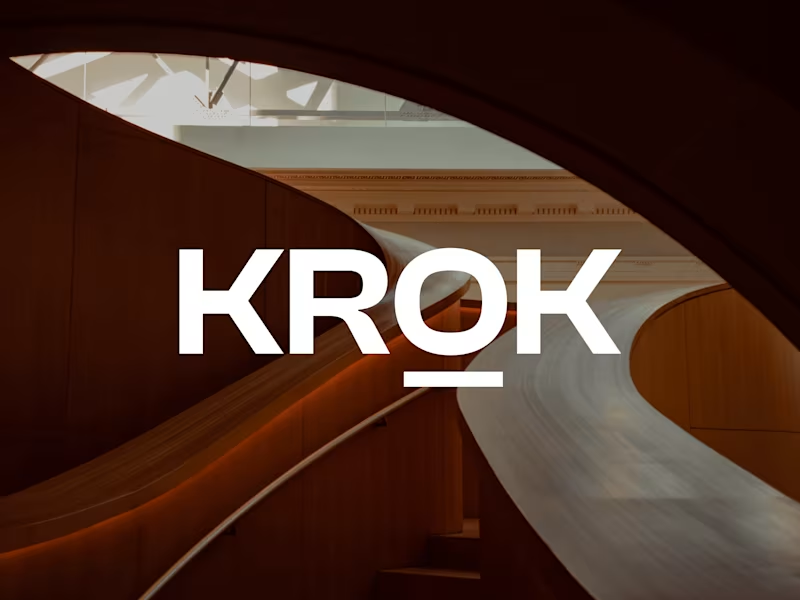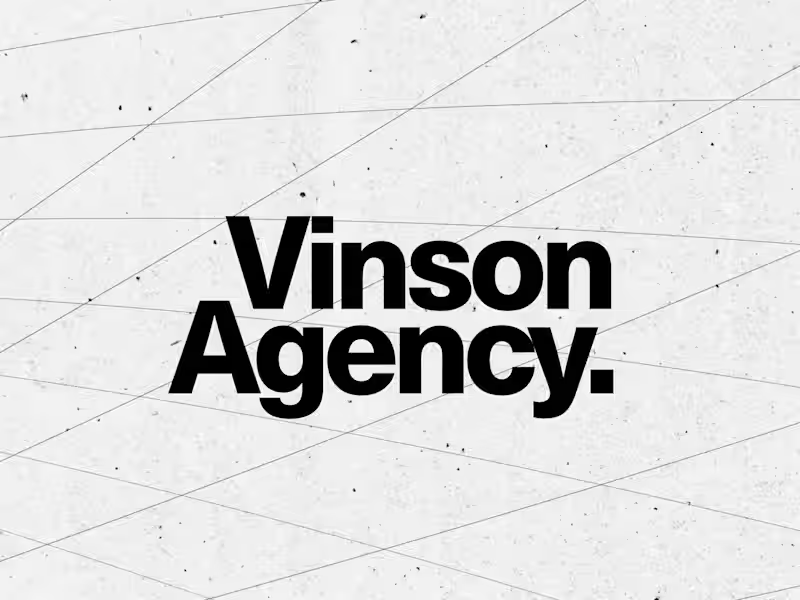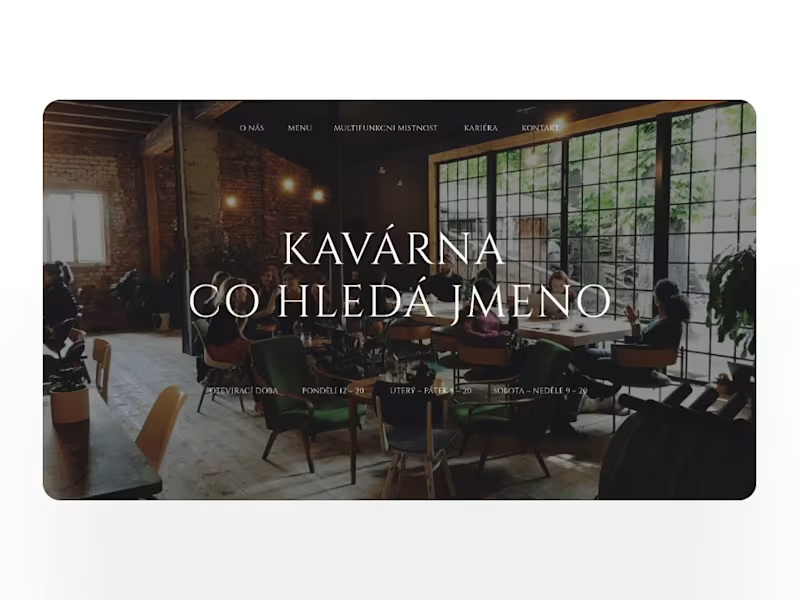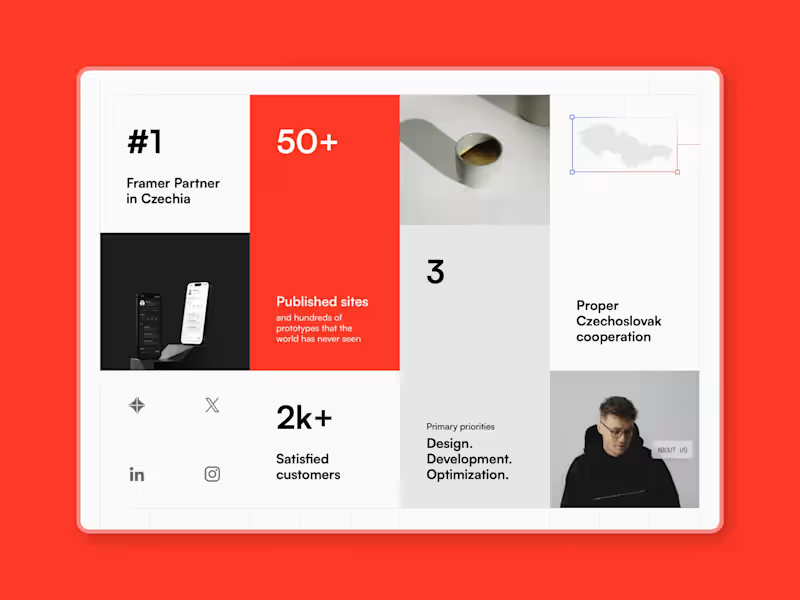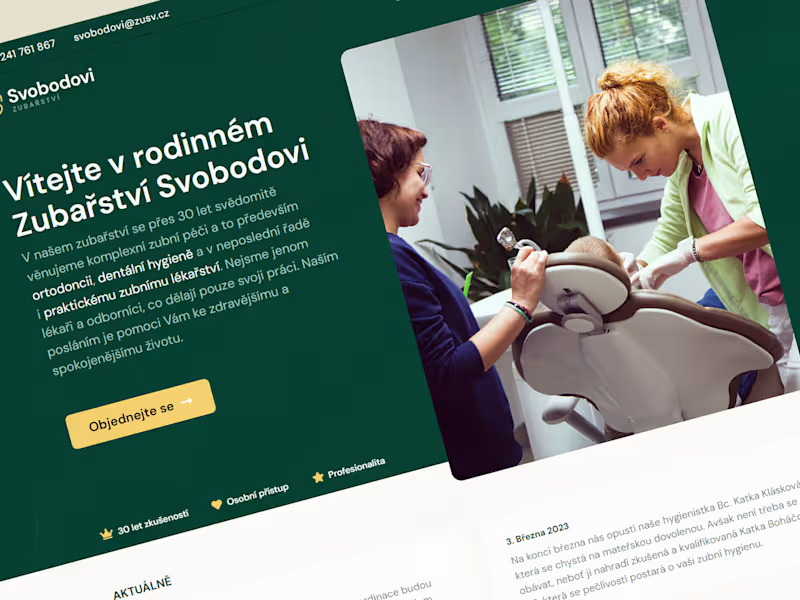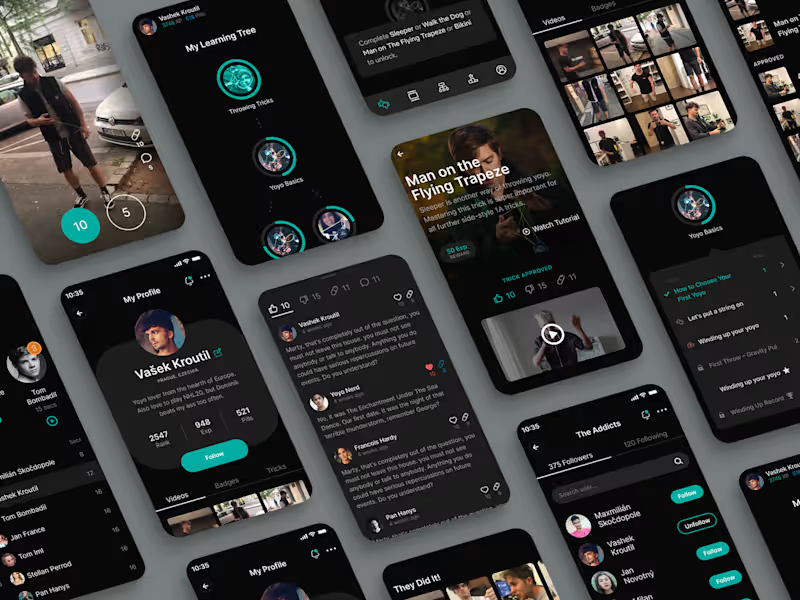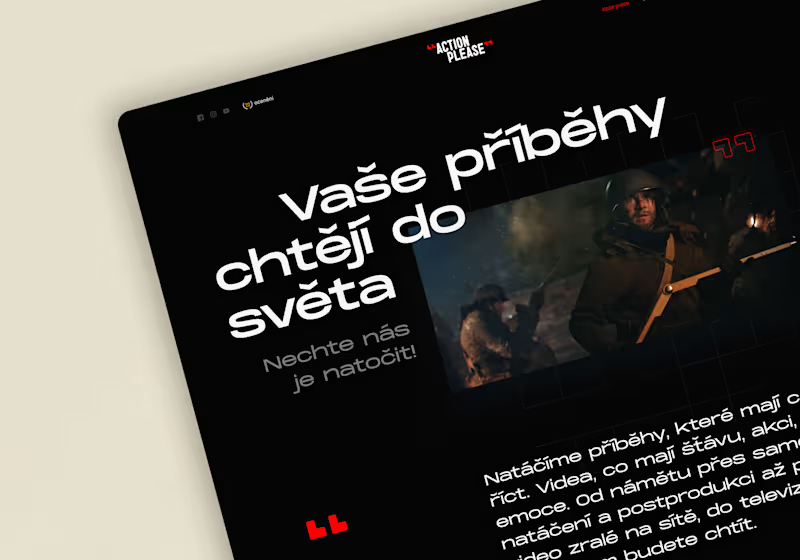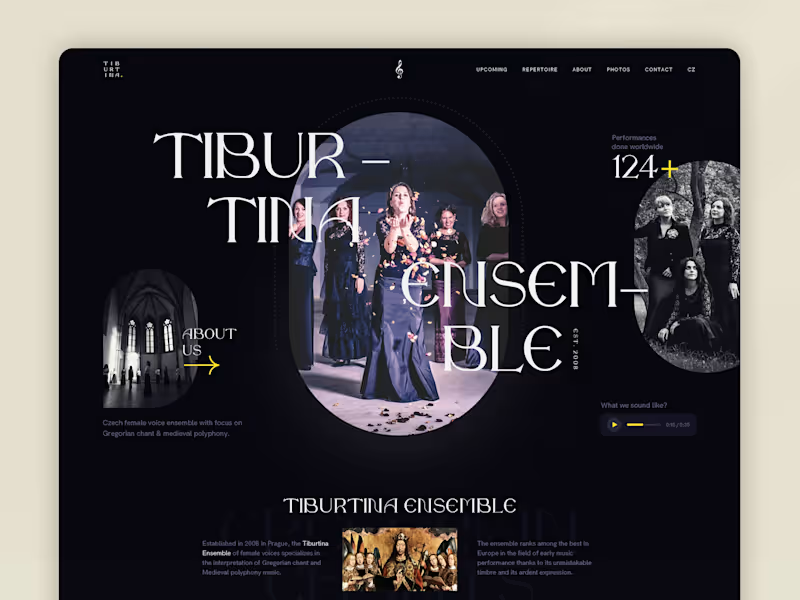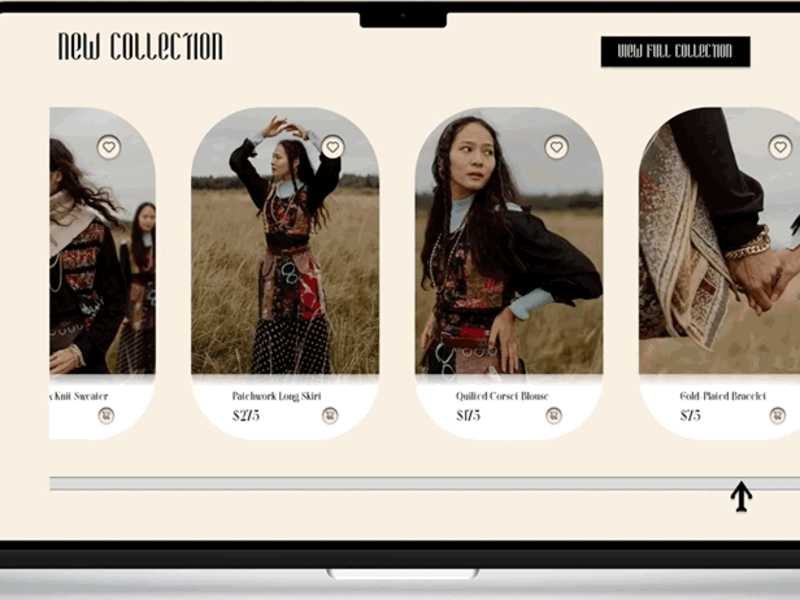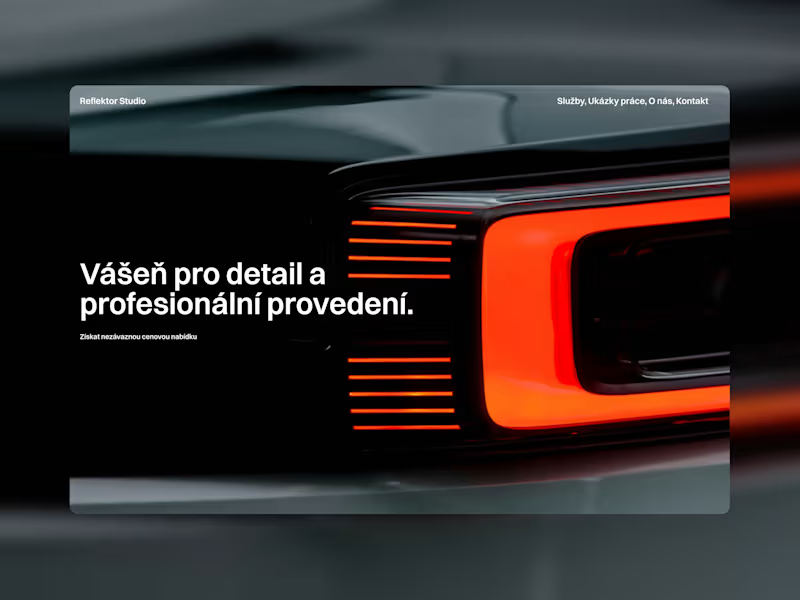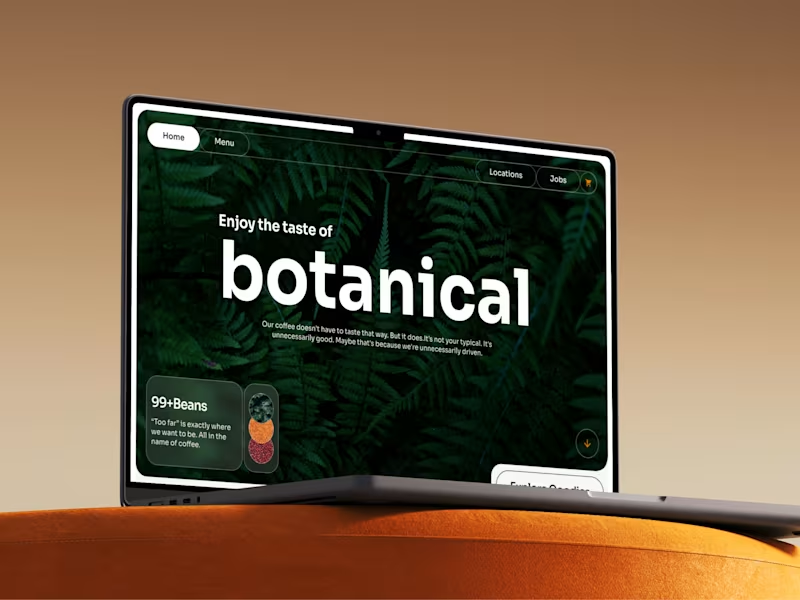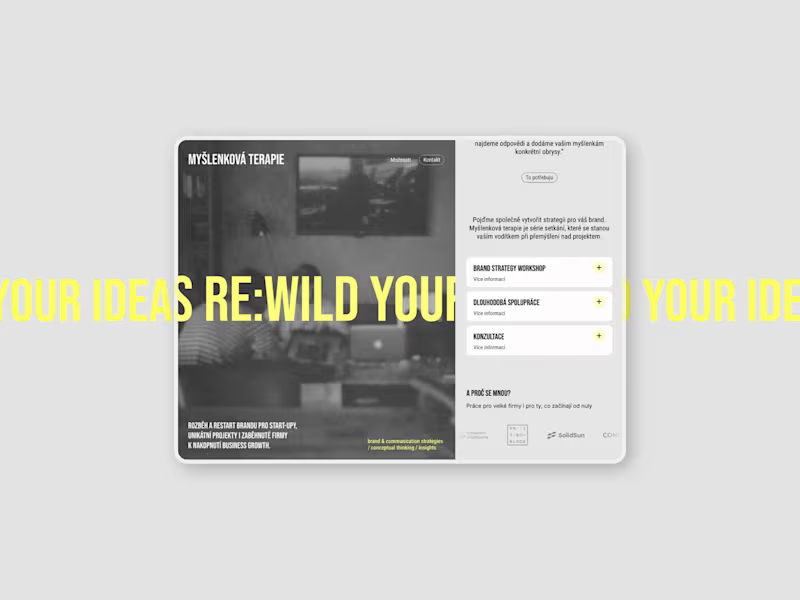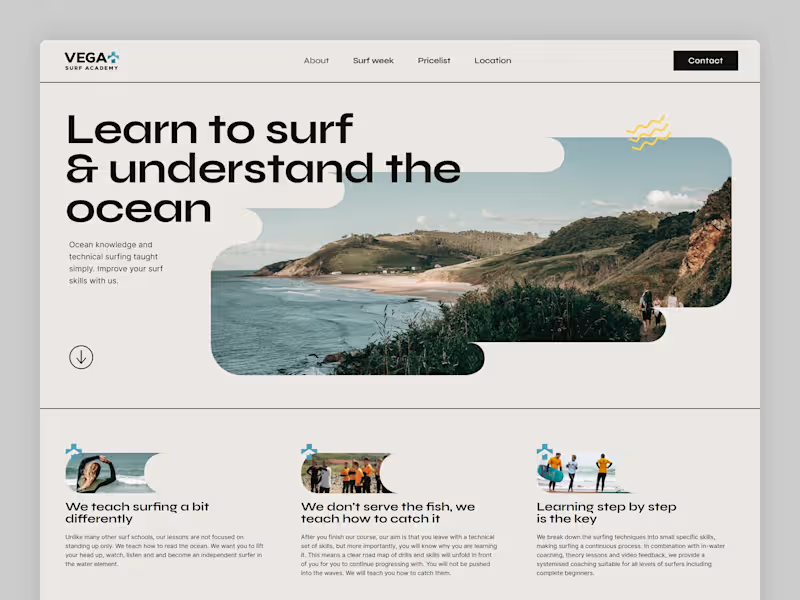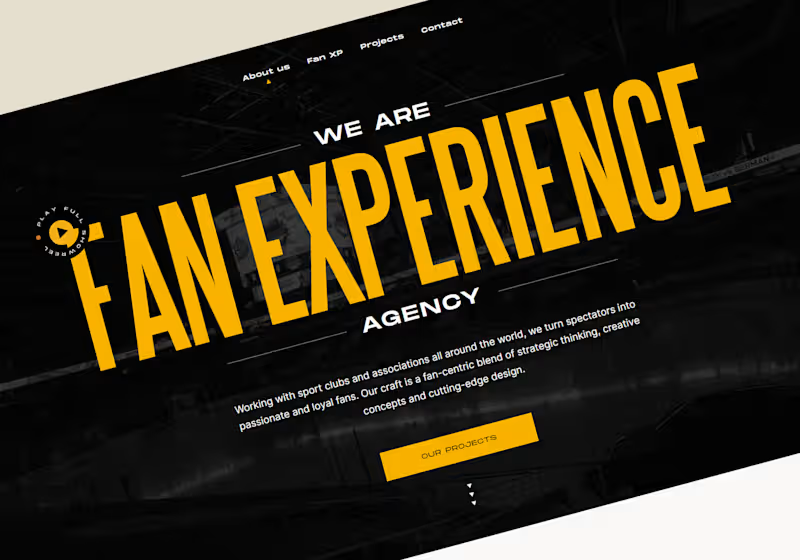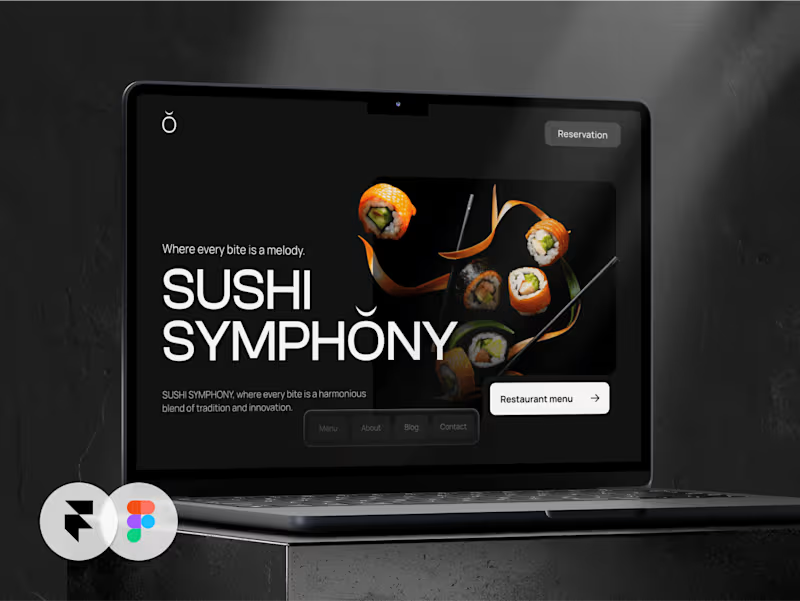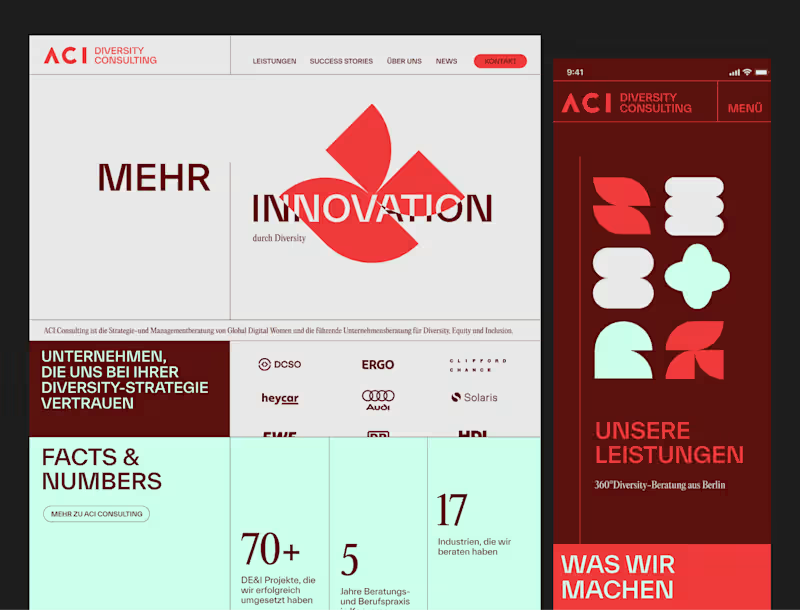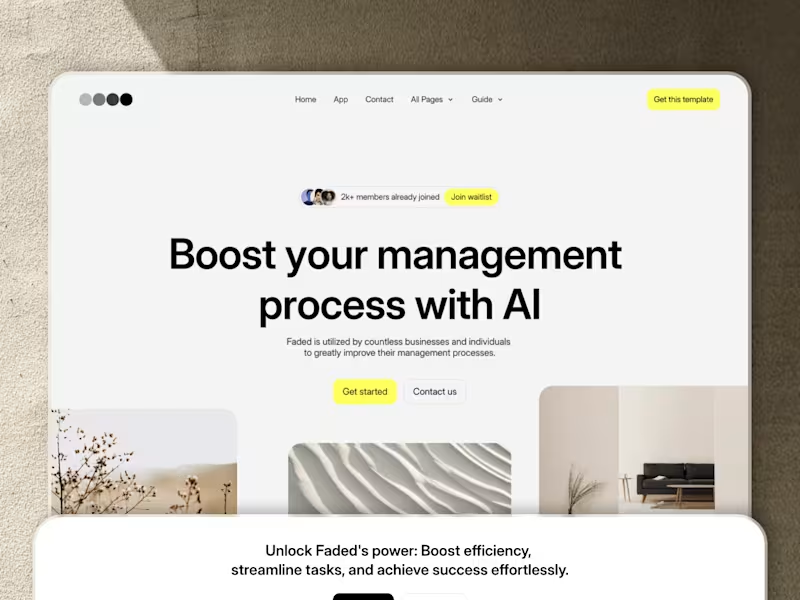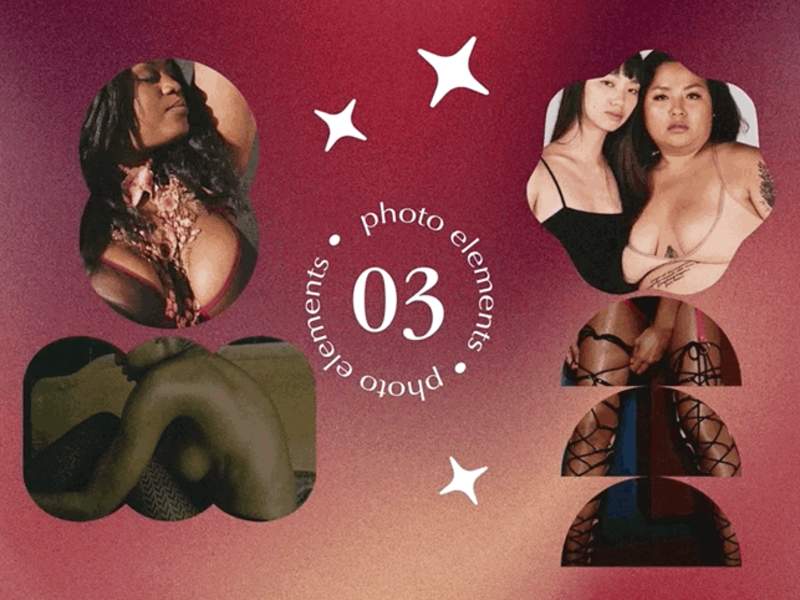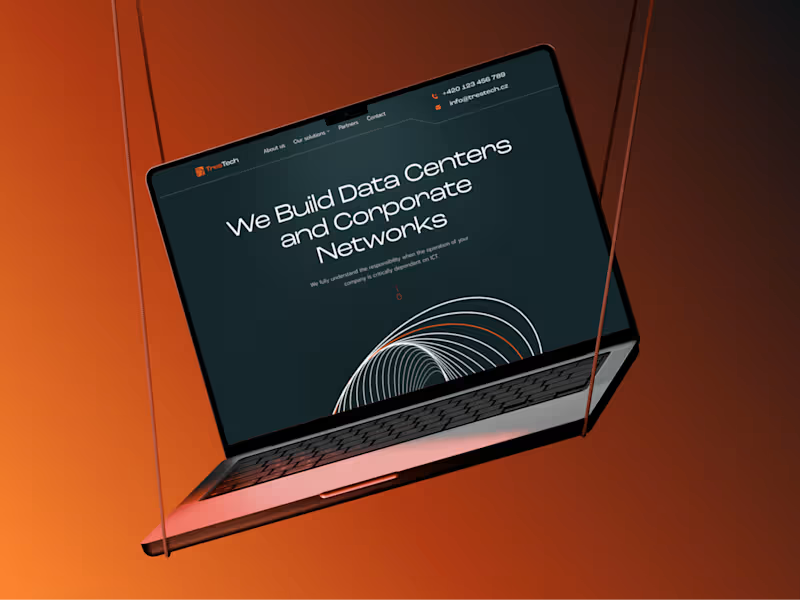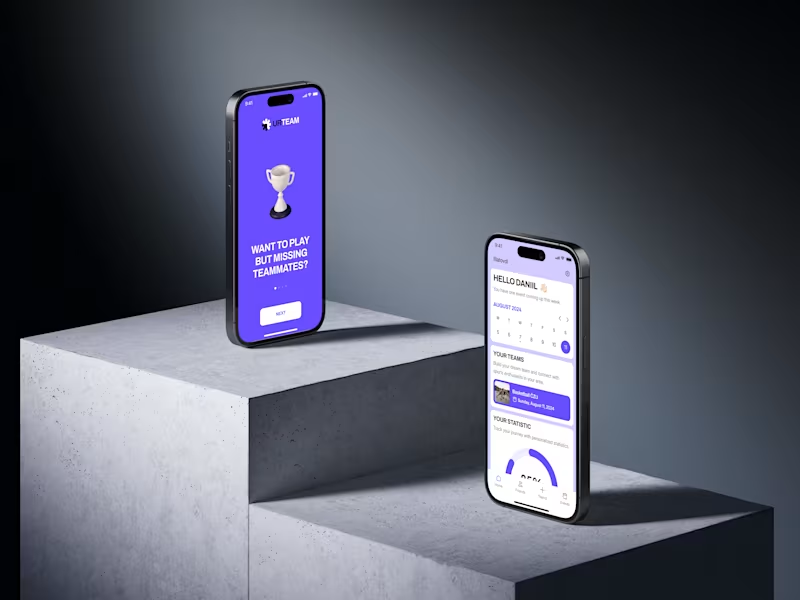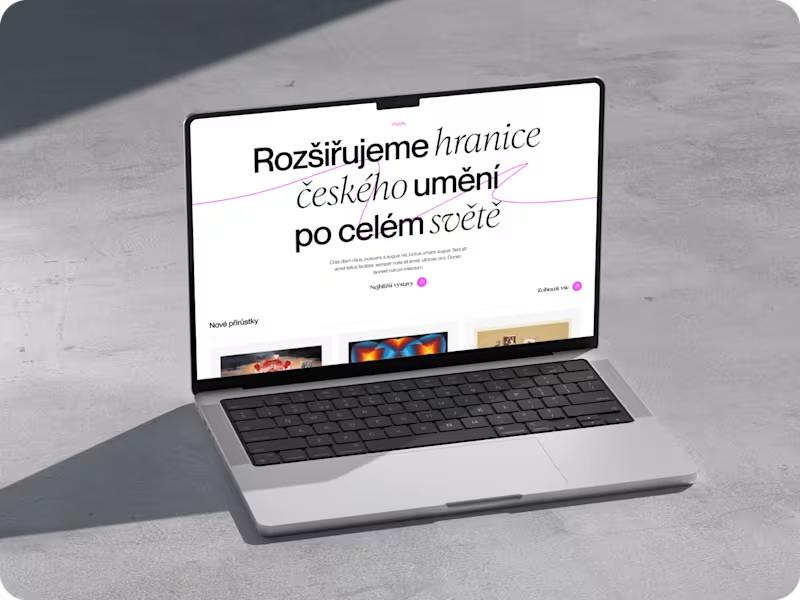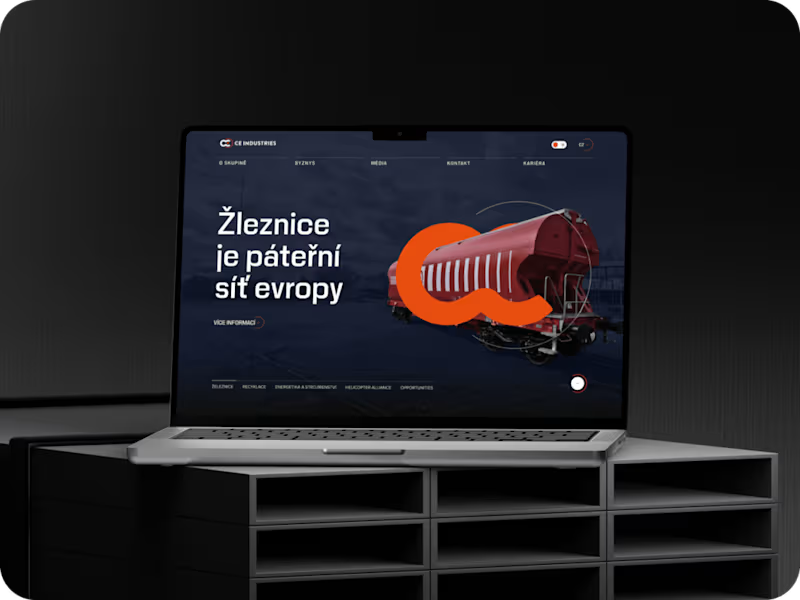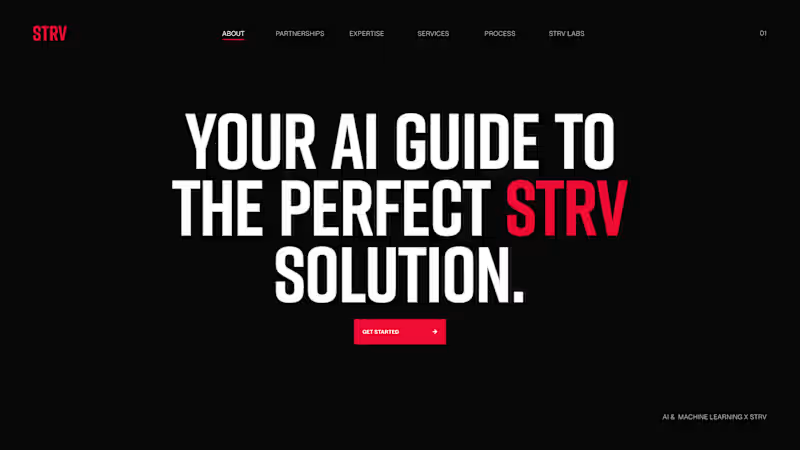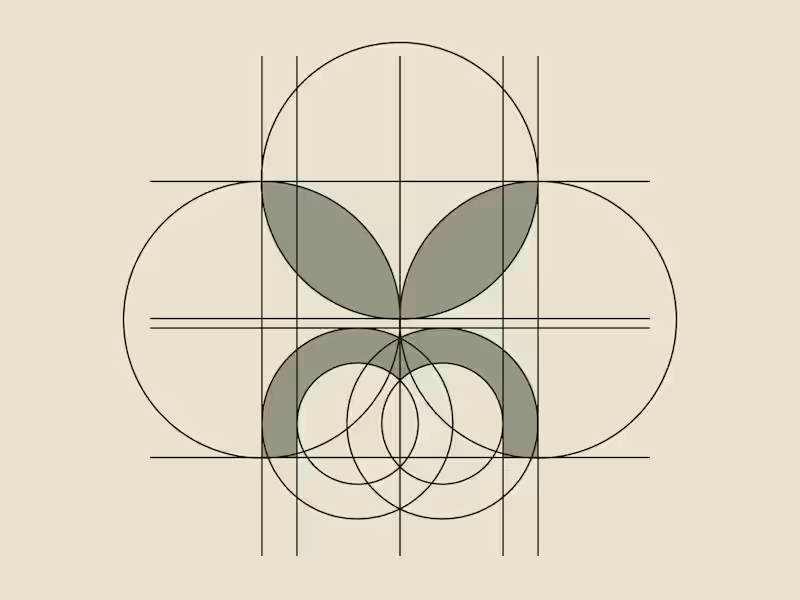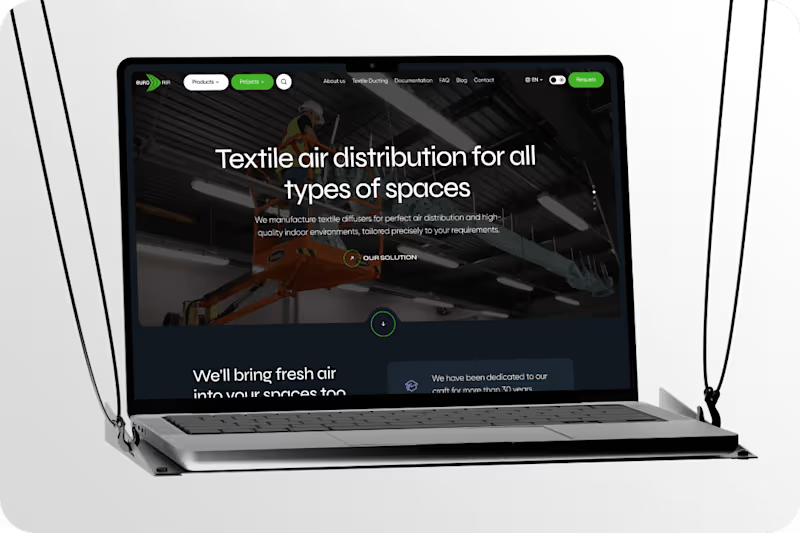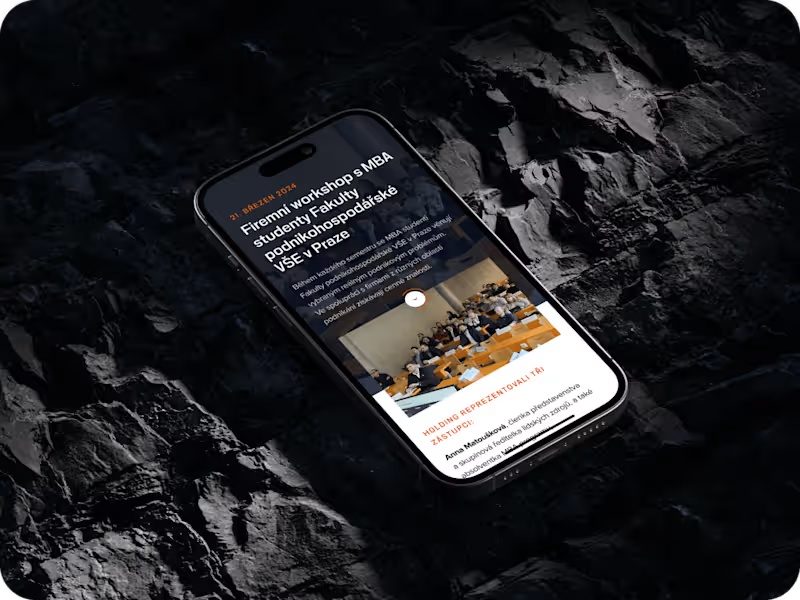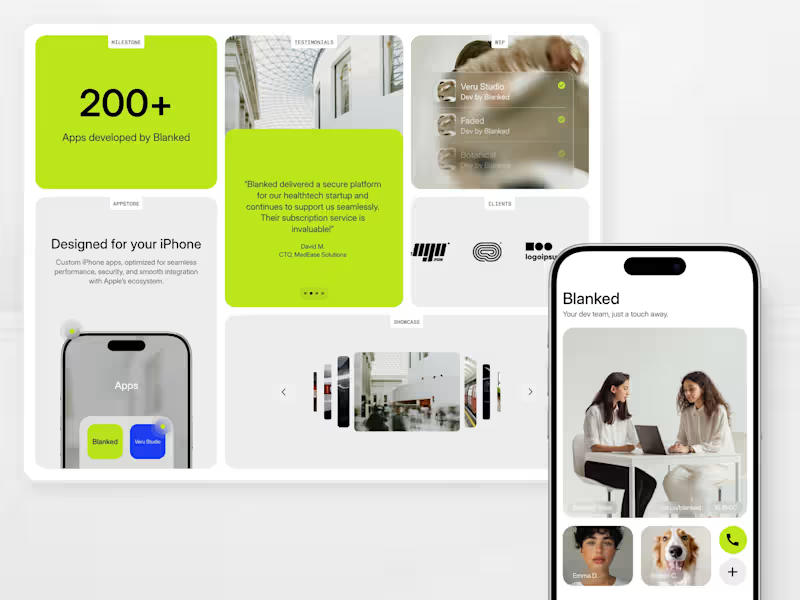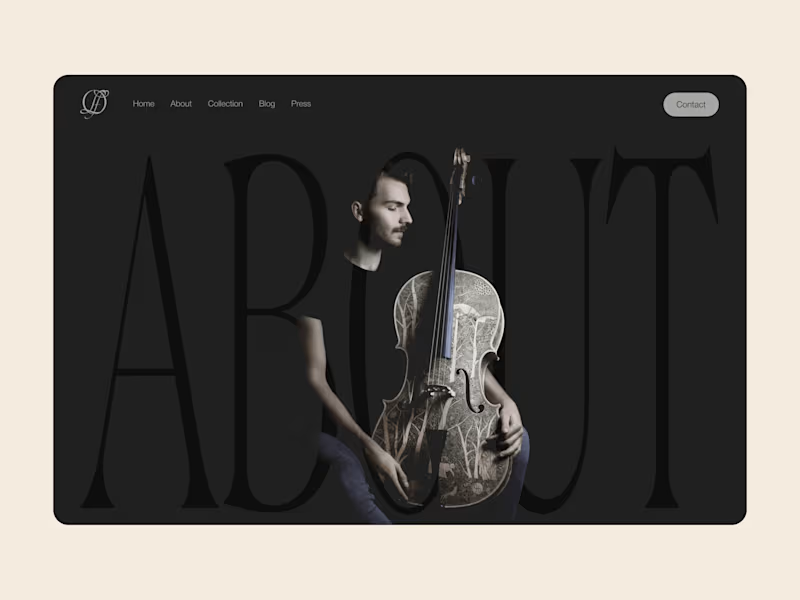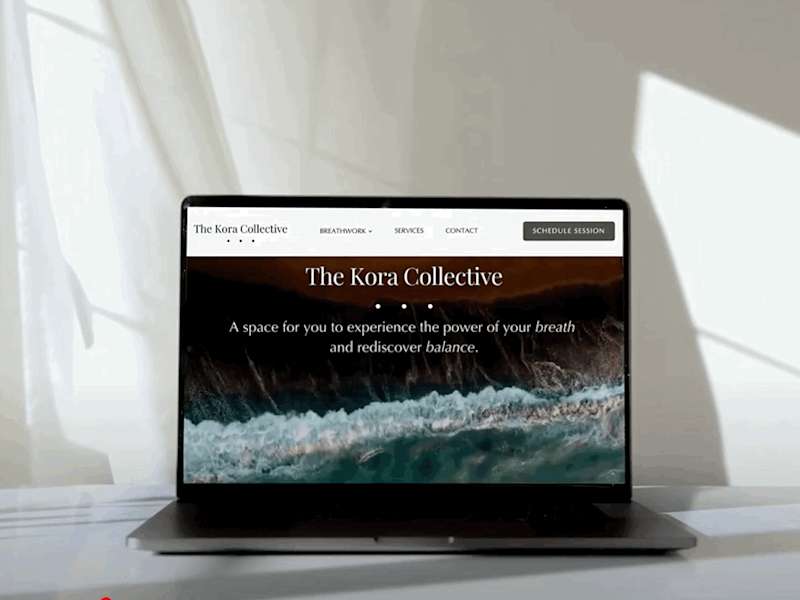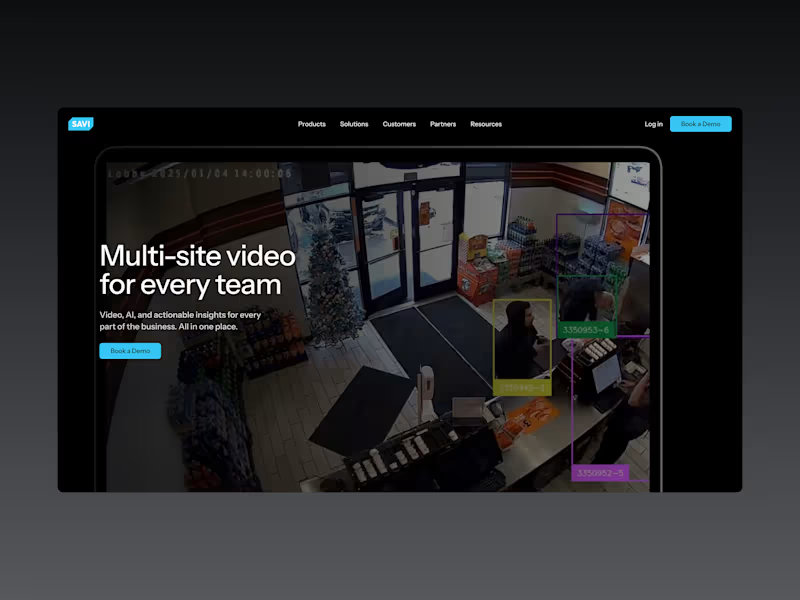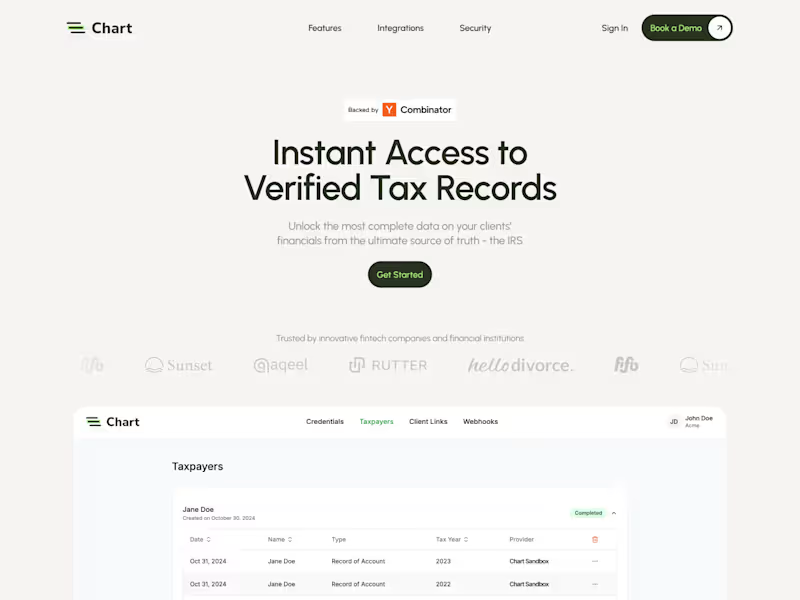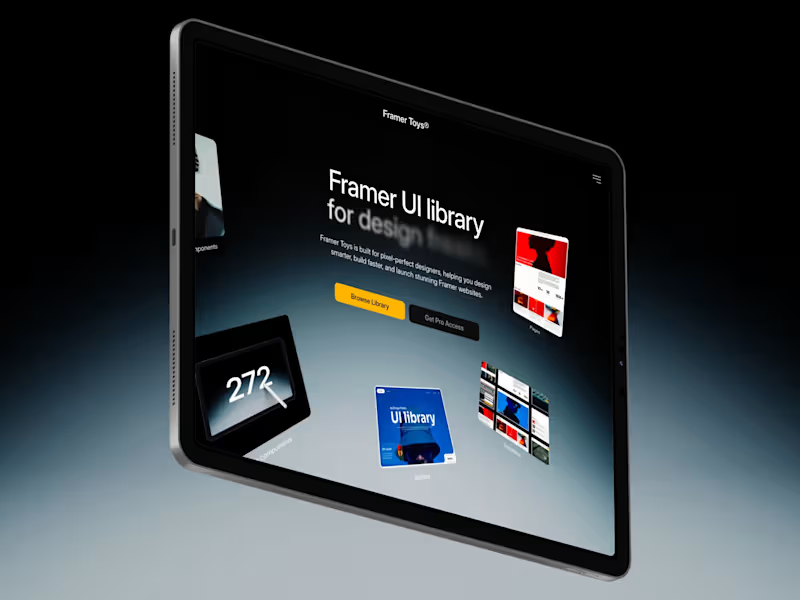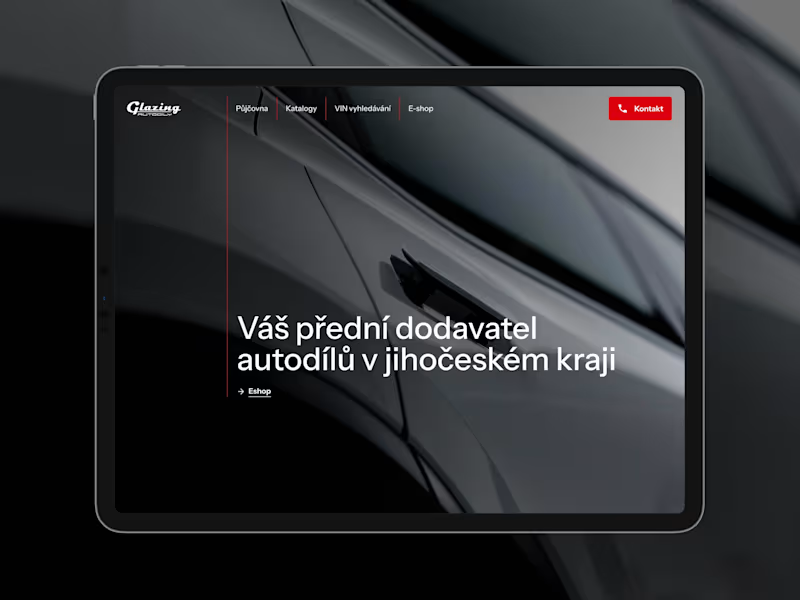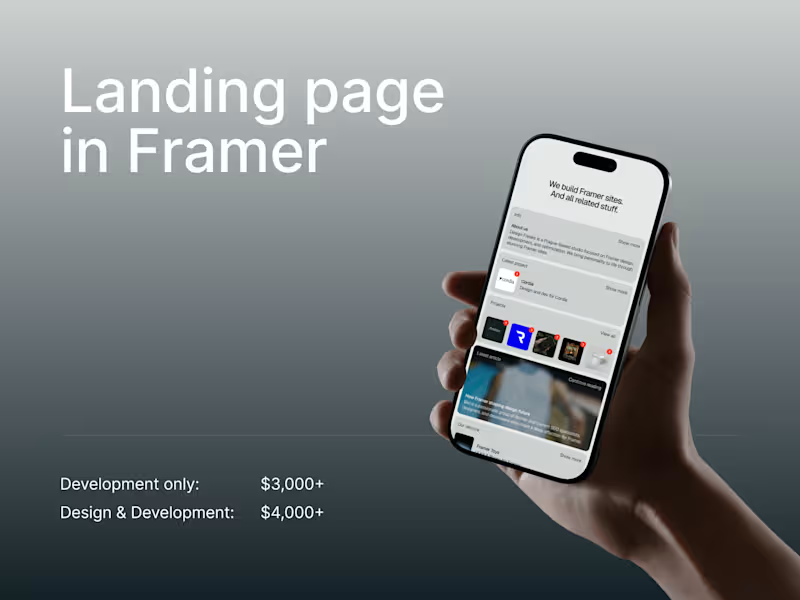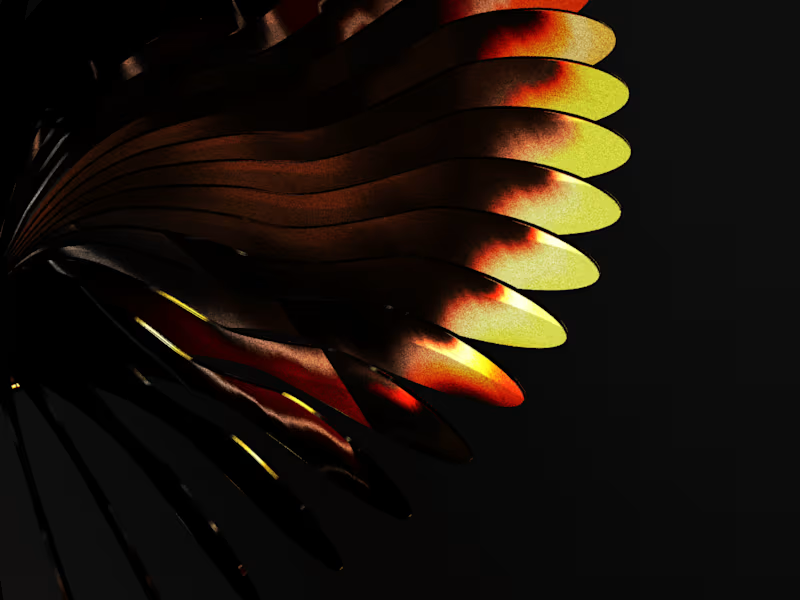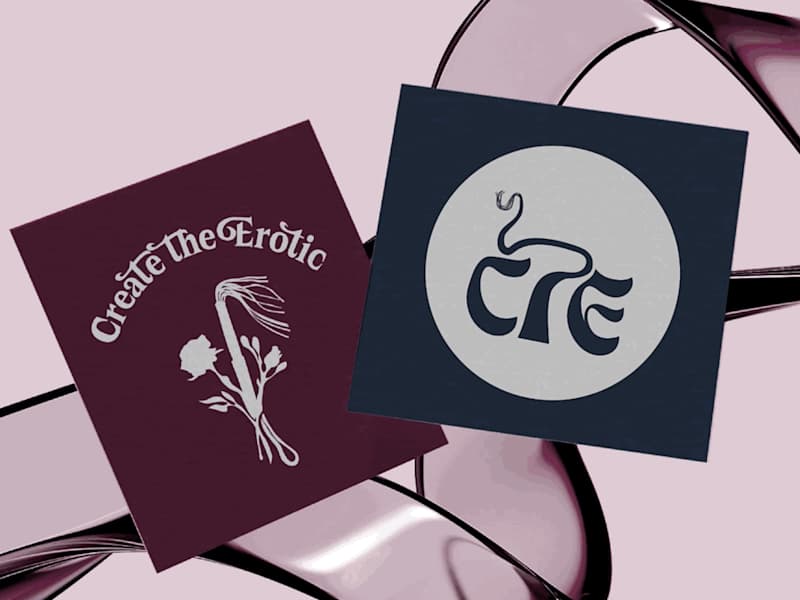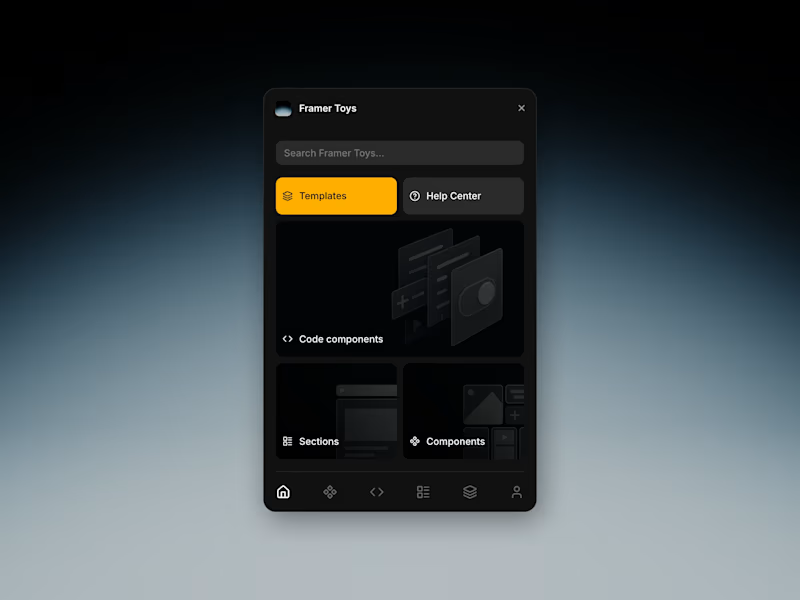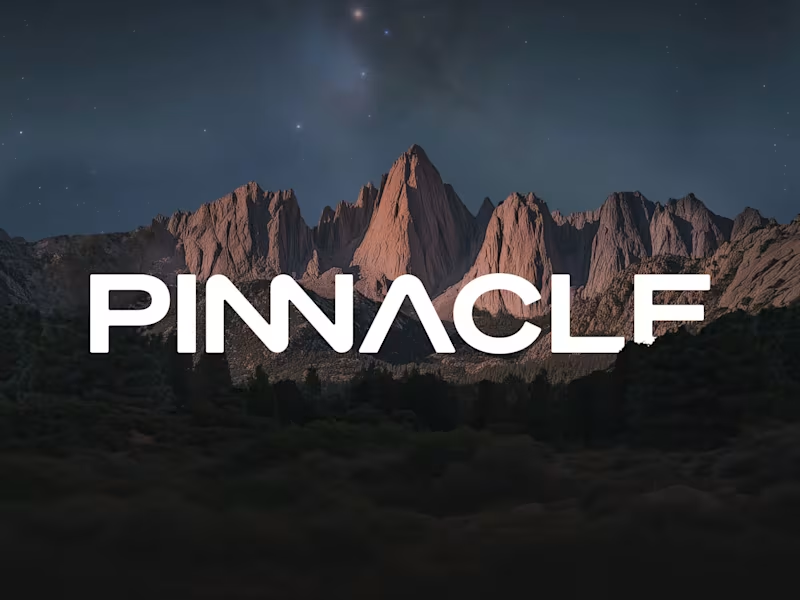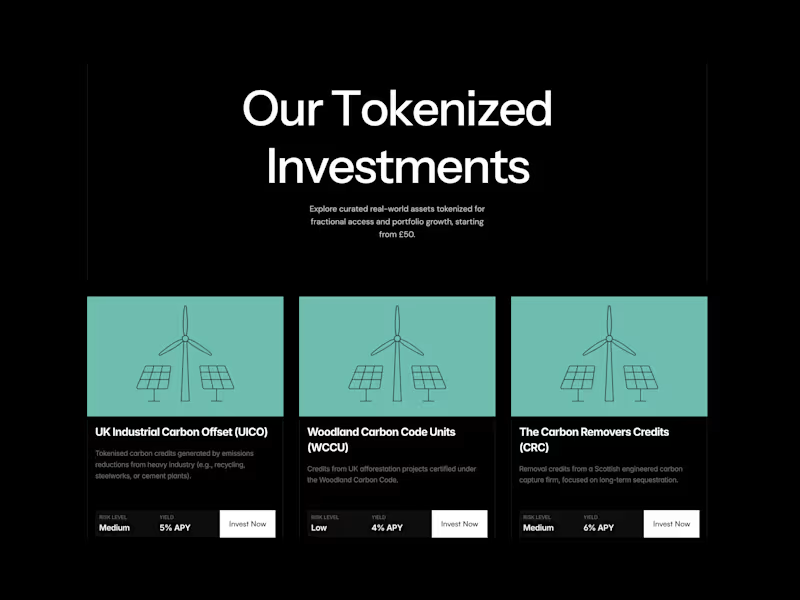What should I include in the project brief to ensure I effectively communicate my needs to a Figma expert?
To create a comprehensive project brief for a Figma expert, include a detailed description of your project objectives, intended users, and key functionality. Specify any design preferences or styles, such as color schemes and typography, as well as the expected deliverables, like wireframes, mockups, or interactive prototypes. Set clear deadlines and provide examples of design inspiration to guide the Figma expert in aligning with your vision.
How can I assess a Figma expert's previous work to ensure it aligns with my project goals?
To evaluate a Figma expert's previous work, review their portfolio for projects similar to yours in scope or industry. Analyze the design quality, attention to detail, and user experience of the samples. Check for consistency in style and an understanding of design principles. If possible, request access to interactive prototypes to gauge their ability to create intuitive and engaging designs.
What are important considerations when setting up a collaborative workflow with a Figma expert?
Establish a clear communication plan, including preferred platforms and frequency of check-ins. Define roles and responsibilities, ensuring alignment on decision-making processes. Set up shared tools and resources, such as cloud storage for assets and documentation. Discuss the use of Figma's collaboration features, like real-time updates and commenting, to streamline feedback and iteration.
Who is Contra for?
Contra is designed for both freelancers (referred to as "independents") and clients. Freelancers can showcase their work, connect with clients, and manage projects commission-free. Clients can discover and hire top freelance talent for their projects.
What is the vision of Contra?
Contra aims to revolutionize the world of work by providing an all-in-one platform that empowers freelancers and clients to connect and collaborate seamlessly, eliminating traditional barriers and commission fees.

